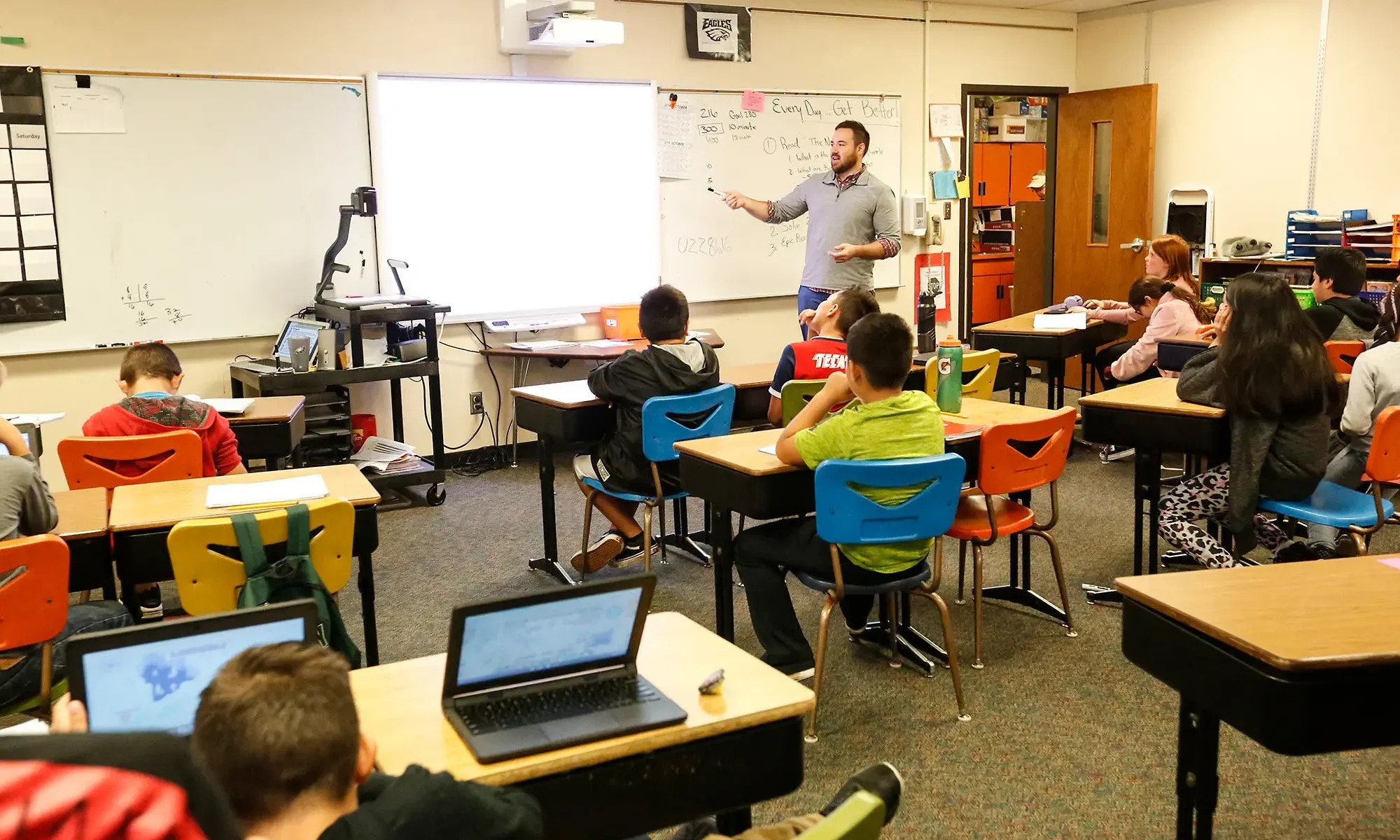Introduction:
The COVID-19 pandemic has left no stone unturned, impacting various sectors and upending daily routines. Education has experienced major disruptions with countless schools opting for remote or hybrid learning. Amidst this unprecedented situation, one group that has faced unique challenges is substitute teachers. This article delves into the experiences of substitute teachers during the ongoing pandemic and discusses how they have navigated through these uncertain times.
Adjusting to New Teaching Methods:
With the rapid shift to remote learning, substitute teachers found themselves adapting to a plethora of new technologies and tools. From mastering video conferencing platforms like Zoom and Google Meet to figuring out how to utilize digital whiteboards, these educators had to learn on their feet.
Many substitutes also took on the responsibility of ensuring their students understood the new systems and guidelines, such as navigating virtual assignments and managing their schedules. In some cases, substitutes had limited time to prepare before stepping into a virtual classroom, which further complicated their tasks.
Building Connections in a Virtual World:
Establishing rapport with students can be challenging for any teacher, but it is especially daunting for substitutes who may only interact with a particular class for a short period of time. Creating connections in a virtual setting was not straightforward; the lack of physical presence impacted non-verbal cues, classroom dynamics, and one-on-one assistance.
To overcome these barriers, many substitute teachers employed innovative strategies like hosting short ice-breakers or breakout sessions. Personalizing their approach in these ways helped students feel more at ease and facilitated better communication and engagement.
Concerns About Job Stability:
The pandemic also brought about anxieties over job stability for substitute teachers. Many faced uncertainty as schools closed temporarily or implemented staggered schedules. Moreover, a decrease in enrollment numbers due to parental concerns further led to fluctuations in opportunities within the school systems.
Substitute teachers often found themselves worrying not only about their financial stability but also about potential exposure to the virus when working in person. While some districts provided hazard pay or offered extended sick leave, many substitute teachers found themselves grappling with these concerns and the impact on their overall well-being.
Silver Linings:
Despite the various challenges, there have been positive aspects to teaching during the pandemic. Substitute teachers gained invaluable skills in remote learning technology, making them more versatile and marketable for future opportunities. Moreover, some educators reported increased engagement and collaboration with full-time staff members as they navigated the virtual landscape together.
Additionally, the remote learning environment enabled many substitute teachers to work from home, eliminating commuting time and providing more flexibility in their daily schedules. This allowed them to find a better work-life balance and engage in additional professional development opportunities.
Conclusion:
Substitute teaching during a pandemic has undeniably been a challenging experience. However, these dedicated professionals have demonstrated exceptional adaptability by embracing new technologies, fostering connections with their students, and overcoming financial strains. As the world continues to battle against COVID-19, substitute teachers have proven that they are a vital part of our education system—ready to rise above adversity for the future of our children’s education.

